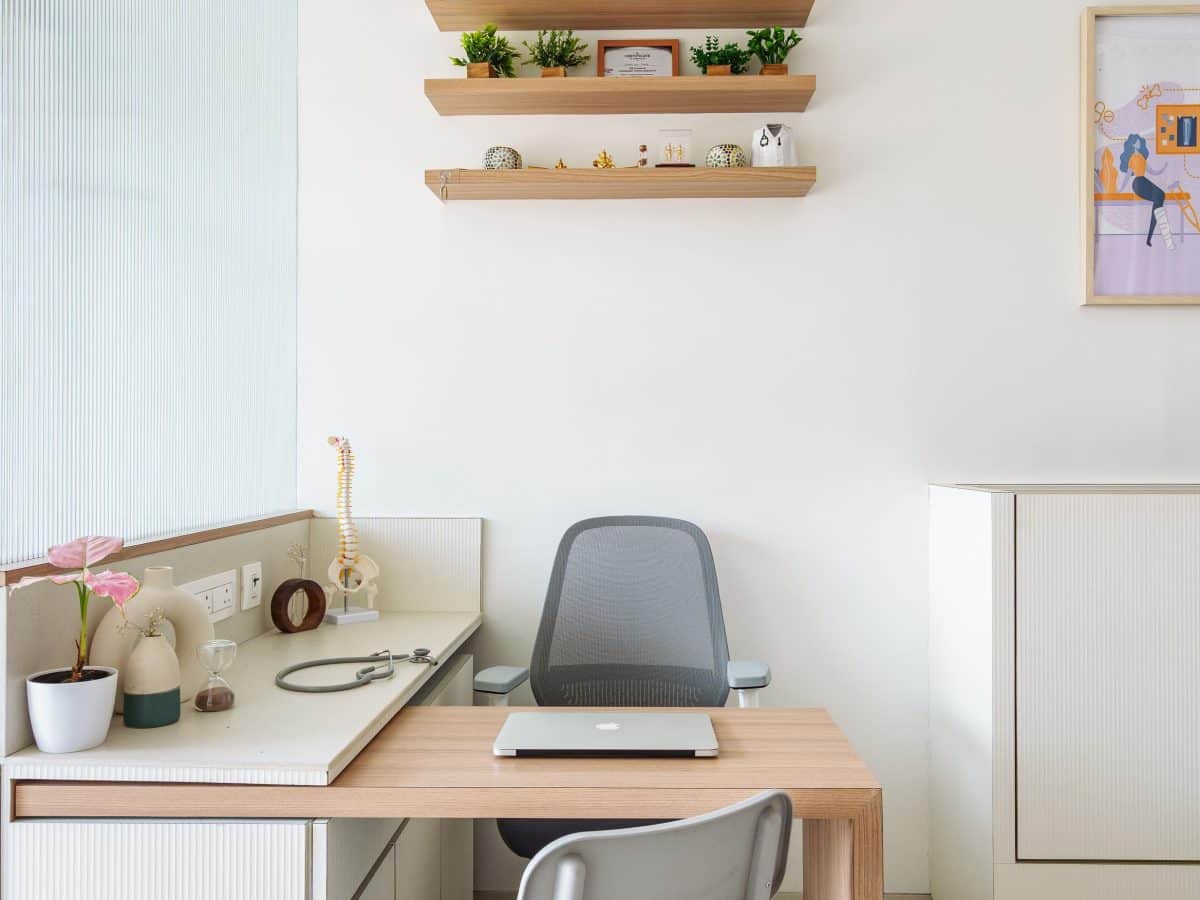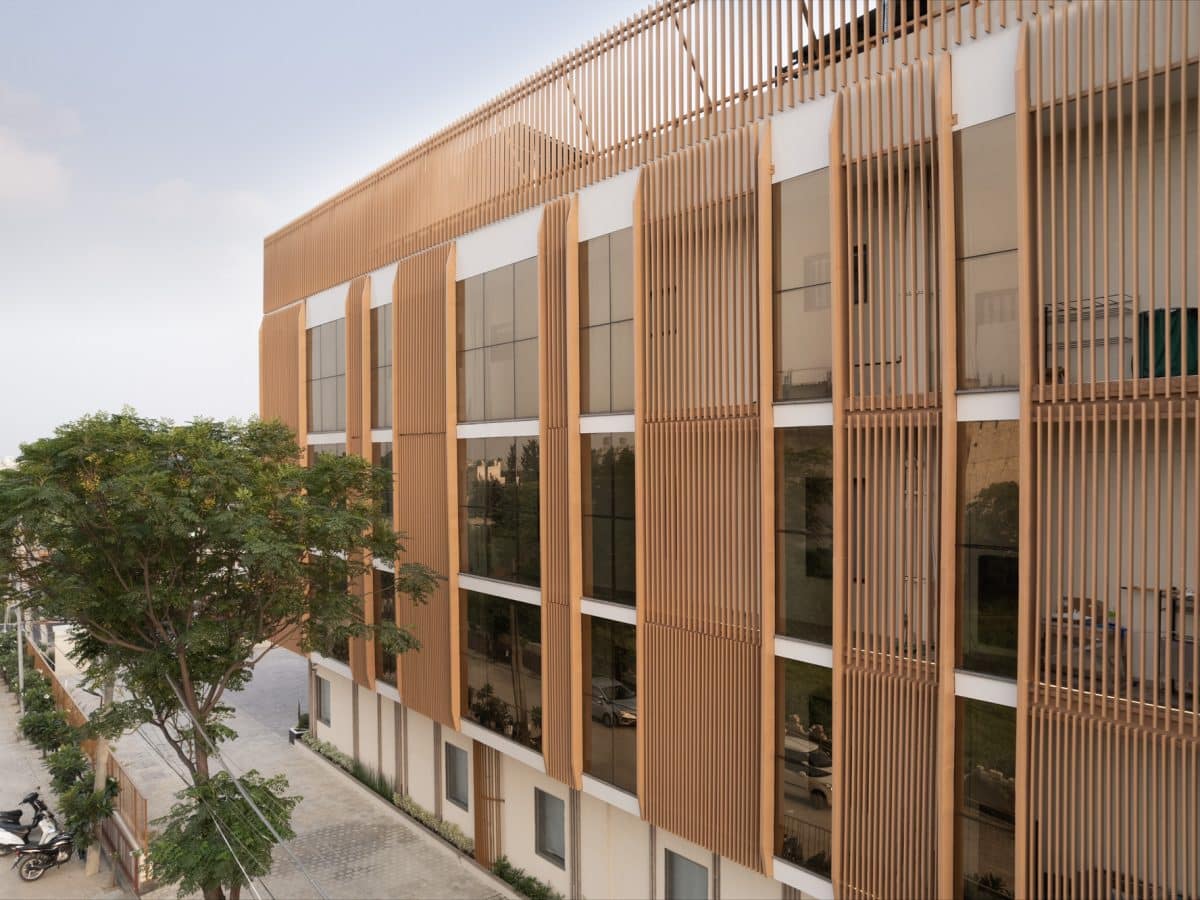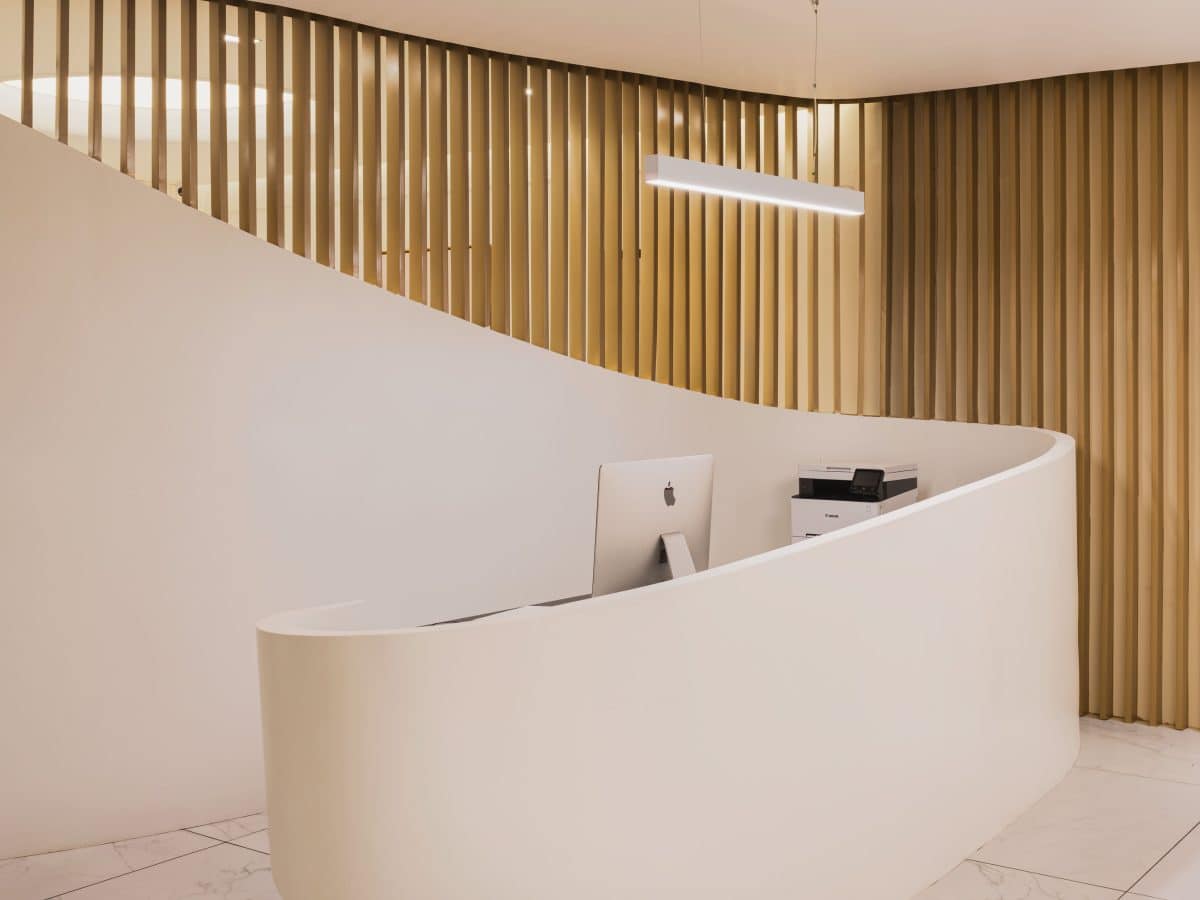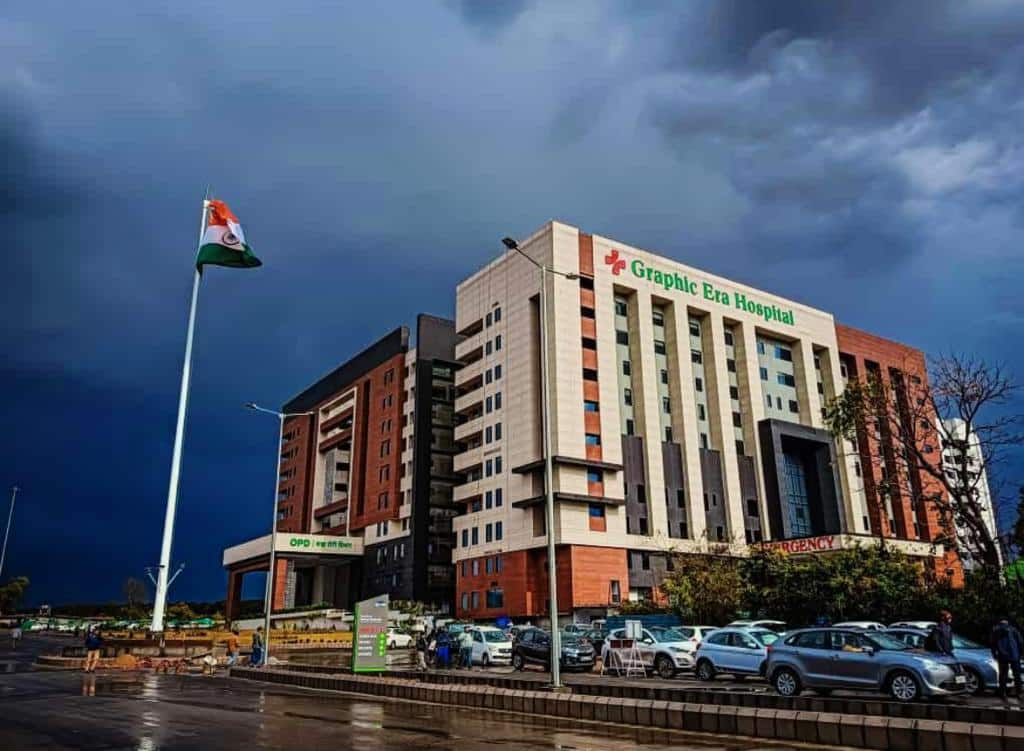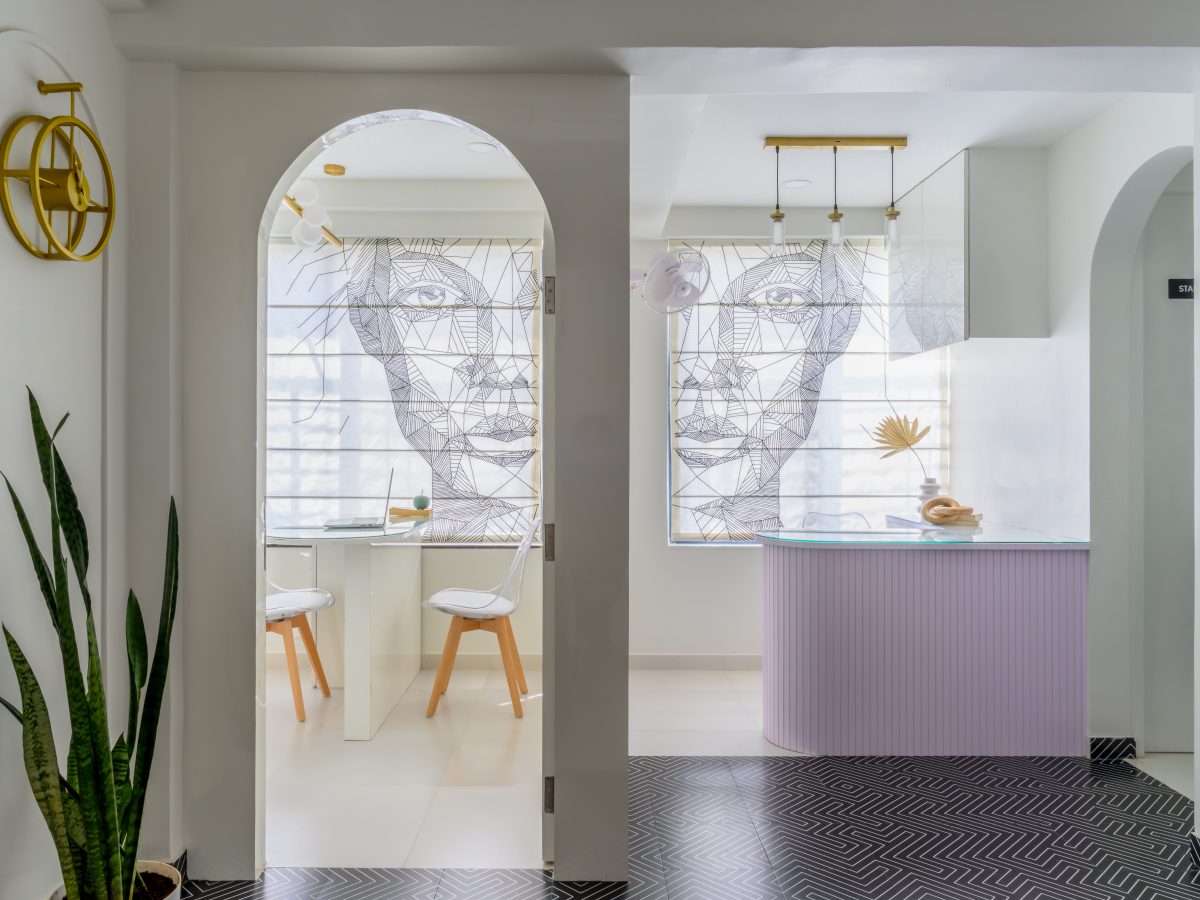Our planet’s population is now going through the biggest shared experience in decades due to COVID-19, and the way people think about life and illness today is incomparable with any time in history. Prolonged social distancing has cast a limelight on the importance of mental health as part of our wellbeing. People’s expectations for medical buildings have gone beyond equipment and technicalities and been more focused on their ability to encourage positivity. There have also been calls for a greener and more humanised environment.
Philip Wong, LWK + Partners director, who leads the practice’s Healthcare and Senior Living team, shares the trends of healthcare spaces and the role of design in improving people’s experience in these complex facilities, using his latest project Shijiazhuang Zhao Hua Hospital Development in China as a prime example.
“Contemporary architecture has taken up the mission to heal,” noted Wong, who has over 18 years of experience designing and managing healthcare and senior housing projects in Hong Kong and throughout Southeast Asia. The Zhao Hua complex is more than just a place to see the doctor, but also a dynamic community landmark with lush greenery where people come to restore their minds and souls. In addition to a general hospital, a rehabilitation hospital, an obstetrics & gynaecology hospital, a children hospital and a postpartum care centre, the project also includes an array of facilities serving multiple community functions.
Wong sees a global trend to have larger portions of civic, cultural and green spaces in healthcare facilities. At Zhao Hua, the team takes a patient-oriented approach to create a space that promotes wellness from all dimensions. They bring in extensive open areas, terraced gardens, sunken plazas, retail spaces and even teaching facilities and event venues into the programme, making up a pleasant and inclusive environment not only for patients, their families and staff, but for the overall community to enjoy.
Buildings adopt a streamlined design, creating harmony with the community and reiterating a smooth internal circulation. Façades incorporate natural materials such as stone and terracotta, featuring vertical lattices that come in a series of light-hearted, dynamic colours. “Rooms at Zhao Hua are all designed according to international standards,” said Wong. “They are south-facing to optimise natural lighting and ventilation, while natural light is also regulated through layered lattices on the façades before it comes through the windows.”
Circulation planning is key to the operations of medical facilities as it ensures efficient delivery of patients, supplies and equipment. ‘Clean’ and ‘dirty’ items are to flow through separate routes without crossing, while the visitor traffic must be diverted and discharged to avoid disrupting the operations. “We came up with a decentralised design,” Wong explained. “Each building has its own entry points. Healthcare users are quickly directed to their intended department, rather than walking through crowds of people and numerous wards before arriving at their destination, which is normally the case in mainland China. Every building has its own theme colour and distinctive icons, further assisting wayfinding.”






